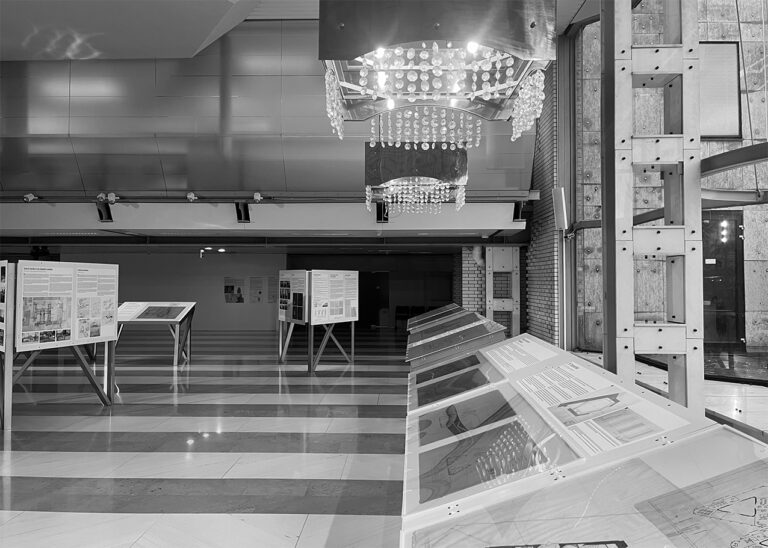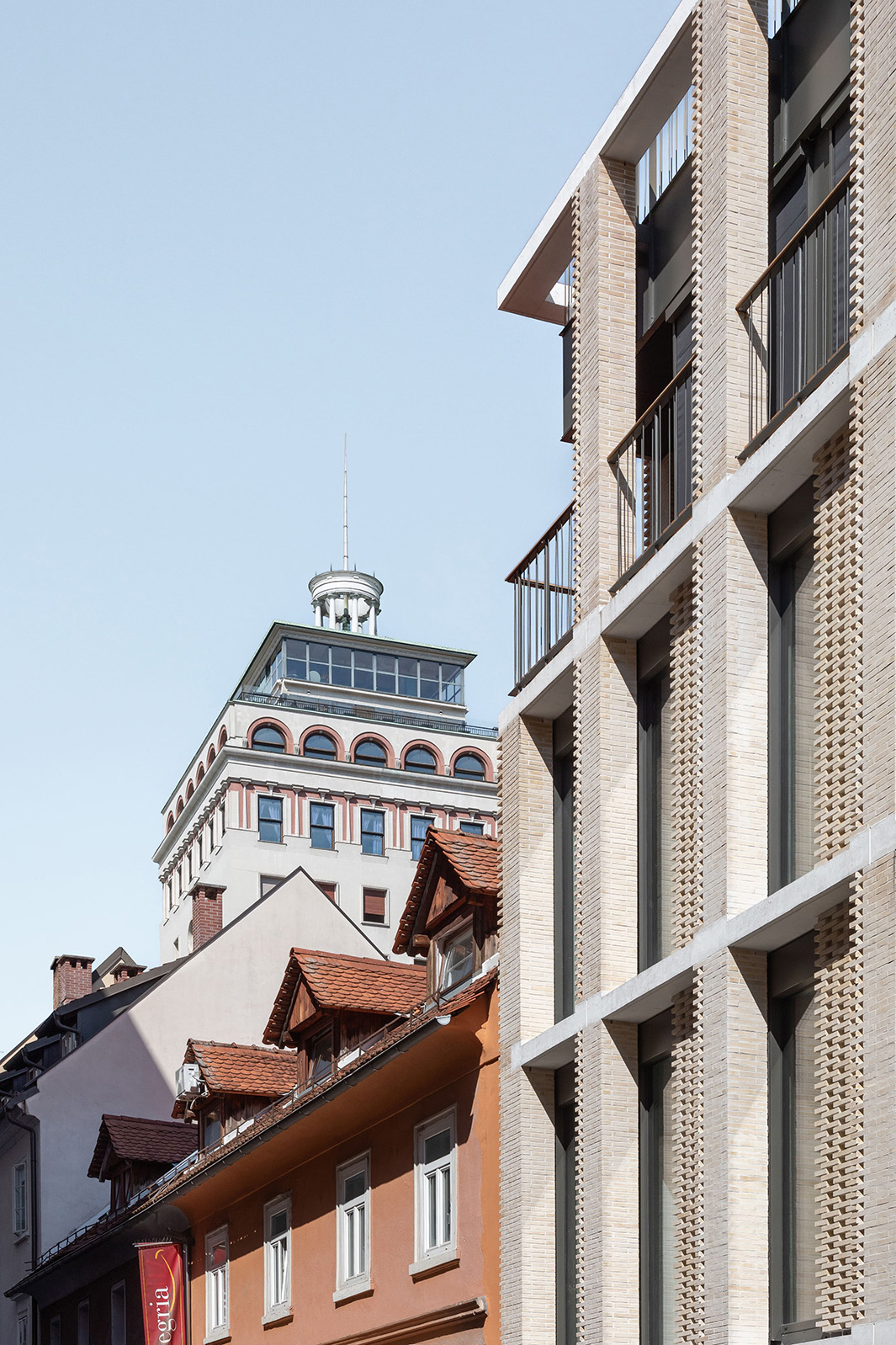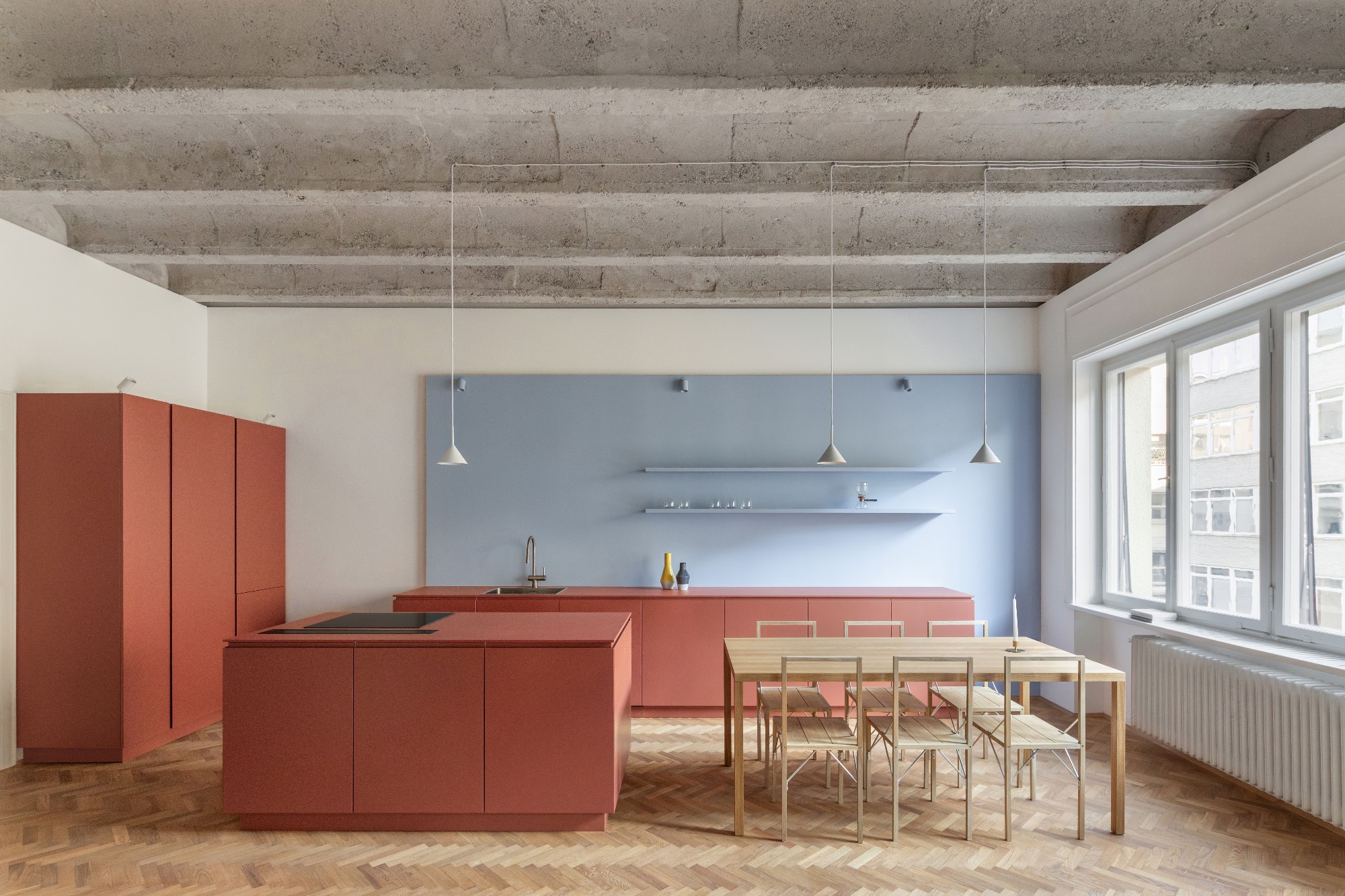


OHEu Volunteer Exchange Programme 2024 – Call for Applications

OHEu Visual Stories 2023

About Heritage and Renovation of the Building Fund: The Case of the Robida Collective and the Kajža Platform – Podcast Odprto #32

Ravnikar’s Year: About the Exhibition KONS TR³, Construction of a New Era with Tina Potočnik – Podcast Odprto #31

Invisible Houses – Workshops of the Institute for Deaf-Mute Youth

The Balkan Architectural Biennial – Three First Prizes for Slovenian Projects

Ravnikar’s Year: About the Exhibition “Searchings in Drawing, Findings in Thought” with Aleksander S. Ostan – Podcast Odprto #30

Building Futures Together: The First Annual Summit of Open House Europe in Portugal

Invisible Houses – Republic Square

Vernacular architecture and its reinterpretation: the Slovenian pavilion at the Venice Biennale – Podcast Odprto #29

OHS minifest: Ljubljana
Open House Slovenia (OHS) is a contemporary Slovenian architecture platform and the largest architecture festival in Slovenia. Our mission is to raise awareness of the values of quality designed space and to improve living culture, as well as spatial literacy. We connect professionals with the general public and provide personal experience of outstanding Slovenian architecture.




